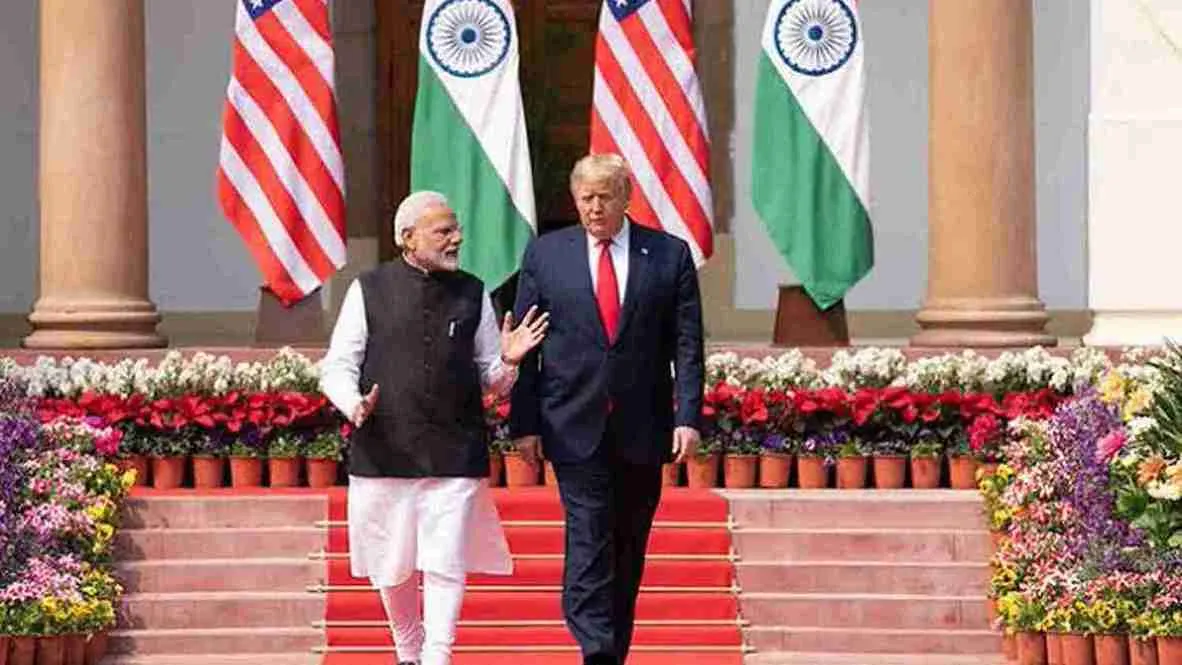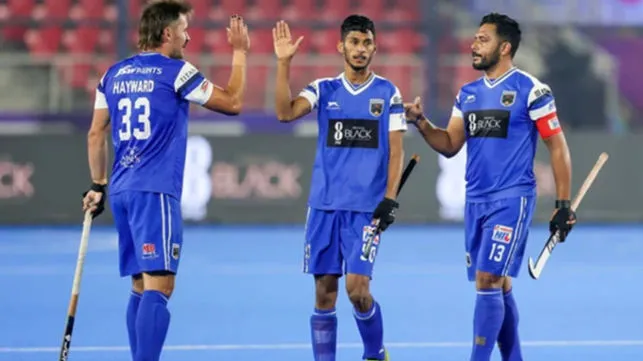India, often referred to as the “diabetes capital of the world,” has once again topped global charts in diabetes prevalence. According to a recent study published in The Lancet by the NCD Risk Factor Collaboration (NCD-RisC) in partnership with the World Health Organization (WHO), India registered the highest number of diabetes cases globally in 2022. The report found that India had approximately 212 million diabetic adults last year, making up nearly 23.7% of the population.
Furthermore, the study reveals an alarming number of untreated cases. Nearly 62% of people diagnosed with diabetes in India—about 133 million individuals—are not receiving any form of medical treatment, highlighting a critical health gap.
Global Diabetes Trends and India’s Growing Concern
The study sheds light on the global diabetes burden, showing that over 828 million adults worldwide lived with diabetes in 2022—a fourfold increase since 1990. India was followed closely by China with 148 million diabetics, while the United States had 42 million cases, and Pakistan, Indonesia, and Brazil followed.
With a substantial portion of diabetics remaining untreated, India faces pressing health challenges. Majid Ezzati, senior author and professor at Imperial College London, warns that this trend could have severe consequences, especially for younger individuals in low-income countries, who face lifelong risks including heart disease, kidney damage, and vision loss due to lack of treatment.
Rising Diabetes Rates Among Women and Men in India
The study also underscores gender-specific trends in diabetes rates. In India, diabetes prevalence among women has nearly doubled, increasing from 11.9% in 1990 to 23.7% in 2022, while rates among men rose from 11.3% to 21.4% during the same period. Despite slight increases in treatment coverage for both genders, the numbers remain low, with only 27.8% of women and 29.3% of men on diabetes medication in 2022.
Discrepancies in Data Collection
The Lancet study applied two common diagnostics—fasting plasma glucose (FPG) levels and HbA1c measurements—which may have contributed to the higher prevalence figures. Dr. RM Anjana, president of the Madras Diabetes Research Foundation, noted that the use of HbA1c levels can sometimes yield inflated results due to its sensitivity to other factors, such as anemia and certain medications. This may explain the discrepancy between the 23.7% prevalence reported by The Lancet and the lower 11.4% found in the 2022 ICMR-INDIAB survey.
The Path Forward: Policy Changes and Lifestyle Improvements
Endocrinologists and health experts are calling for immediate action. Dr. Sachin Kumar Jain, professor of endocrinology at Amrita Hospital, emphasized that early detection and sustained care can improve diabetes outcomes dramatically. He advocates for collaboration among healthcare providers, government bodies, and community groups to promote awareness, health literacy, and equitable treatment access.
As obesity and poor diet are major contributors to the global rise in type 2 diabetes, experts recommend sweeping policy changes. Dr. Anjana proposed ambitious measures, including restricting unhealthy food options, offering nutritious meals in schools, and creating more public spaces for exercise. By promoting healthy lifestyle changes, India can hope to curb the escalating rates of diabetes, improving public health for the long term.























